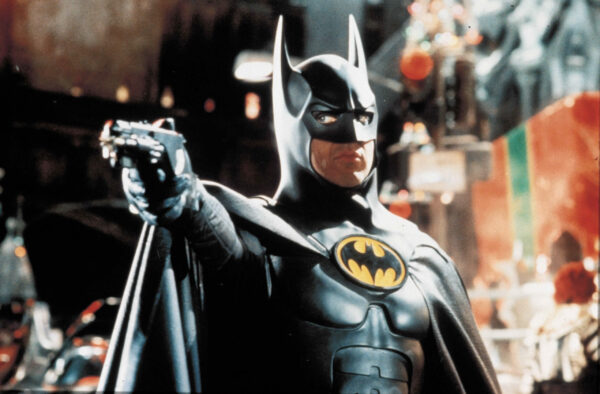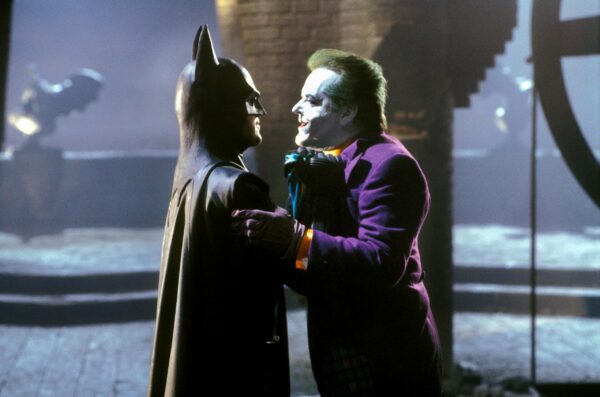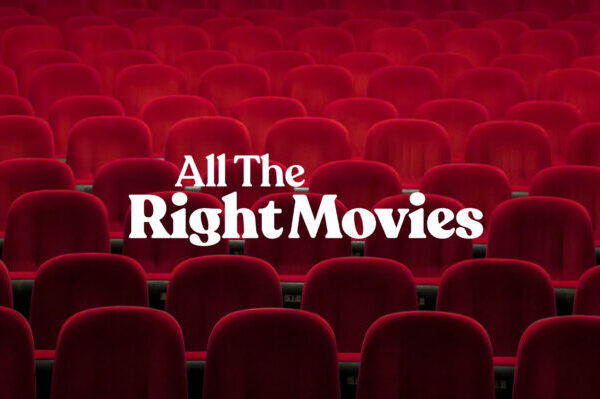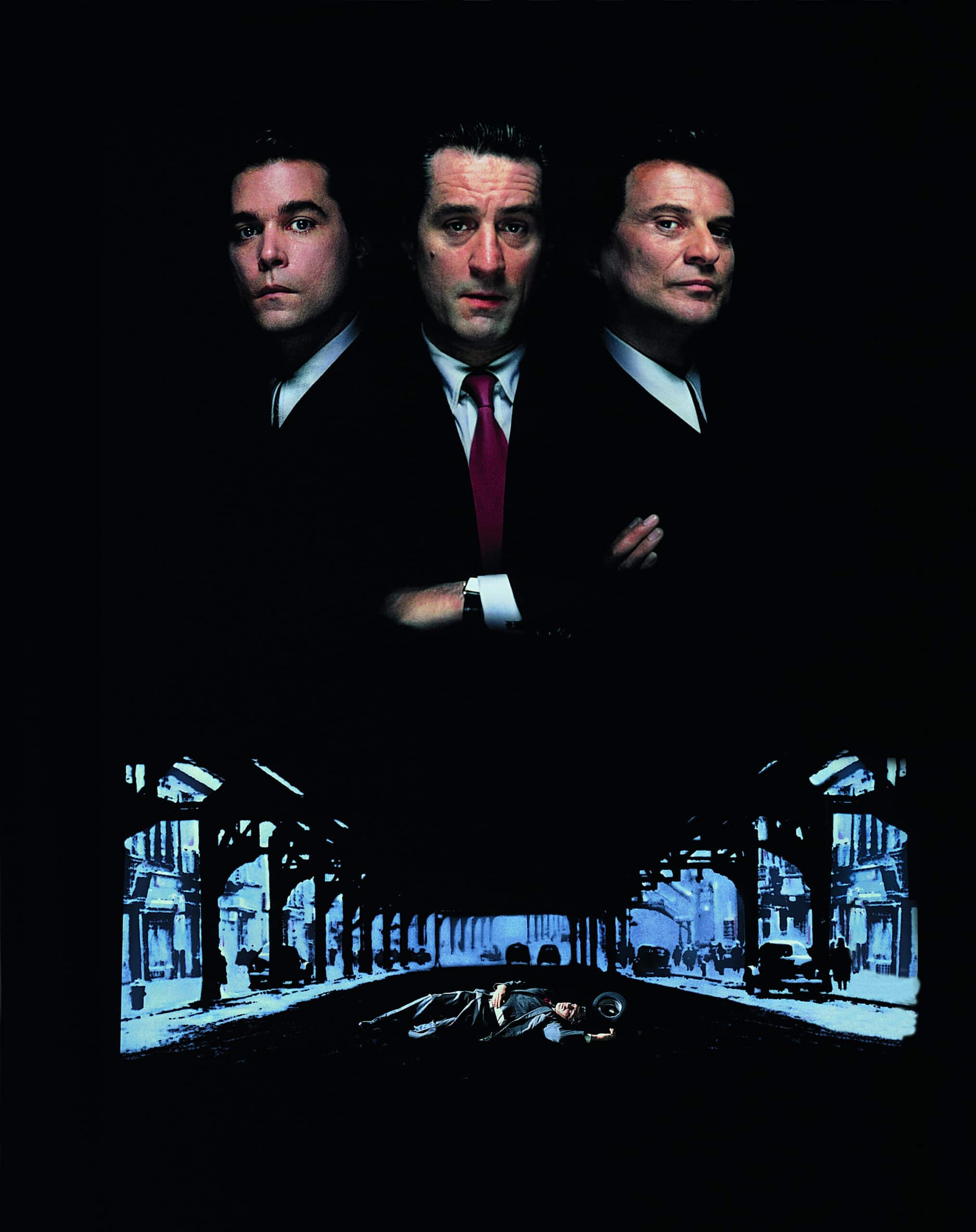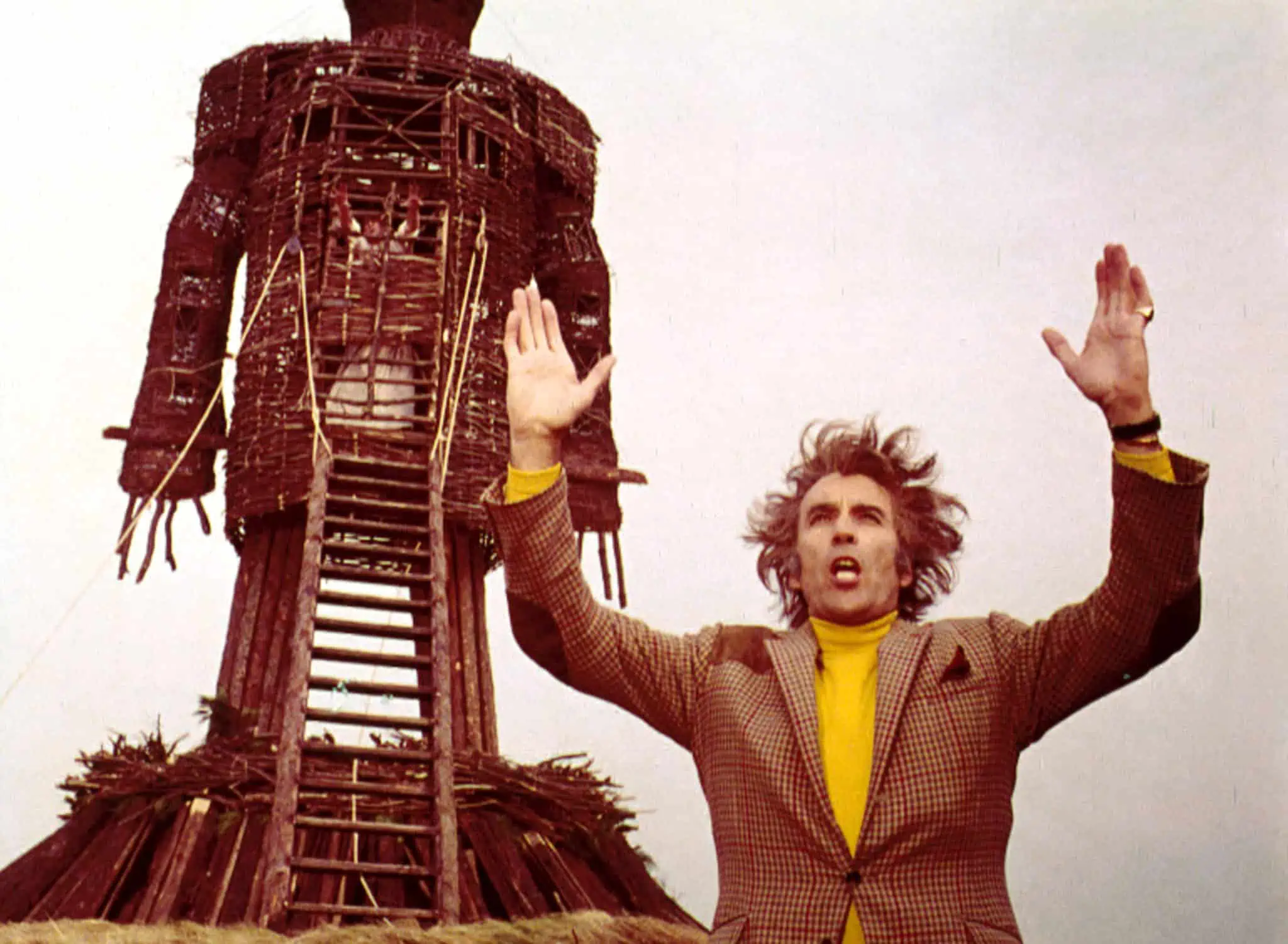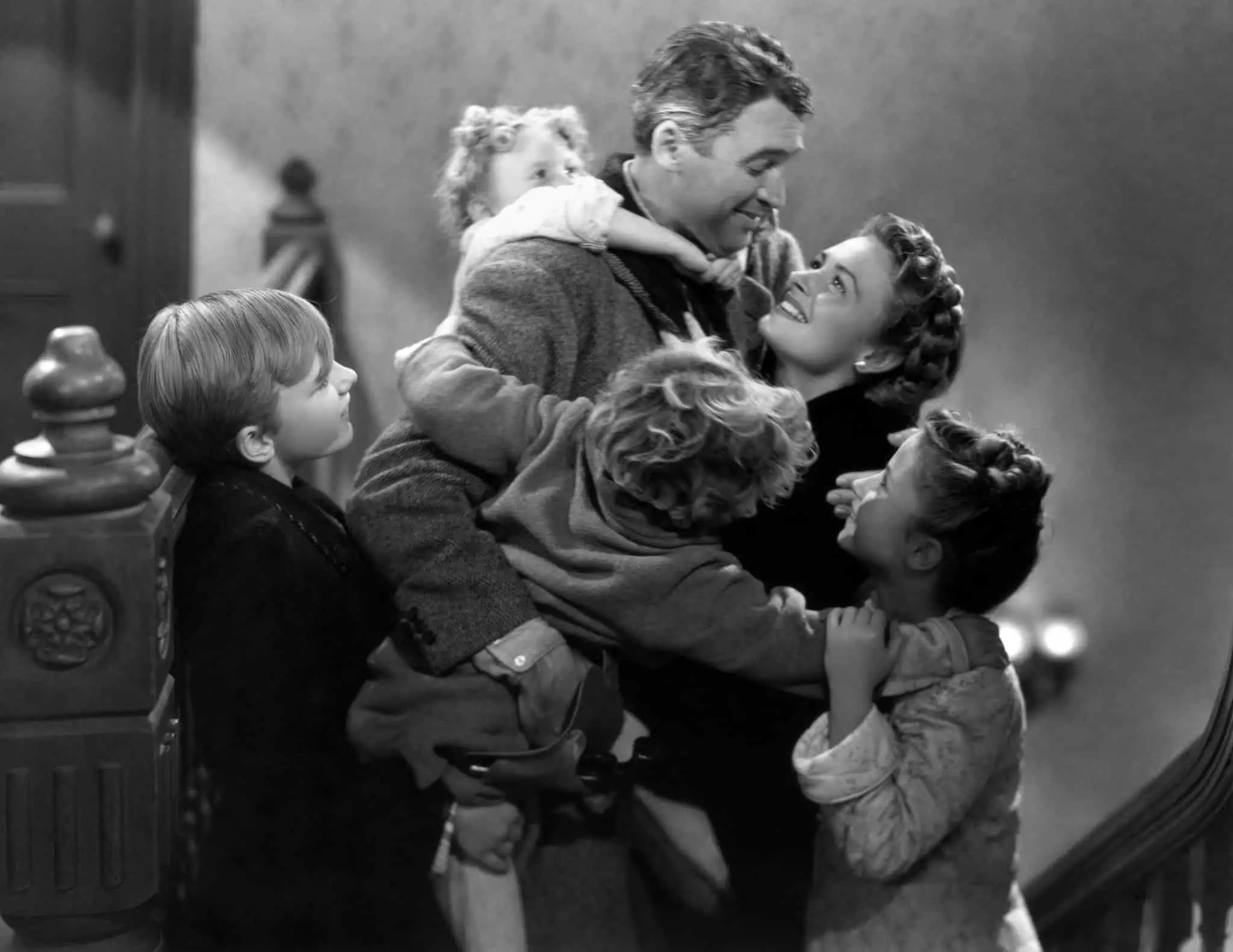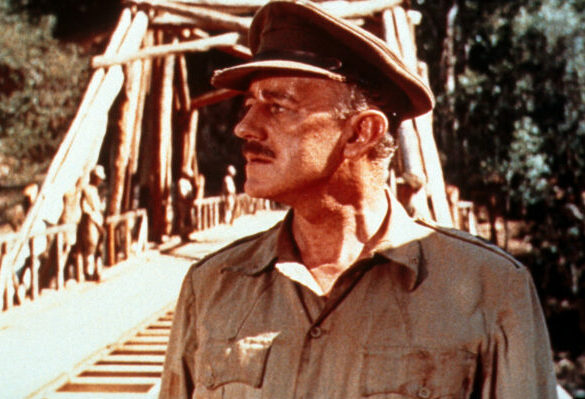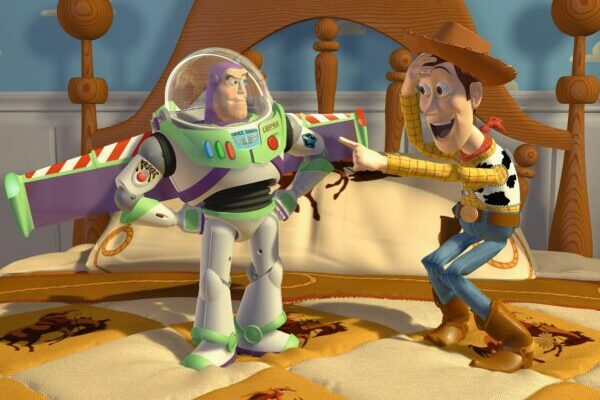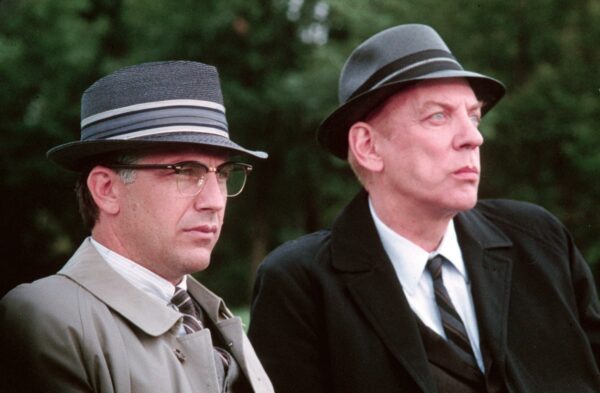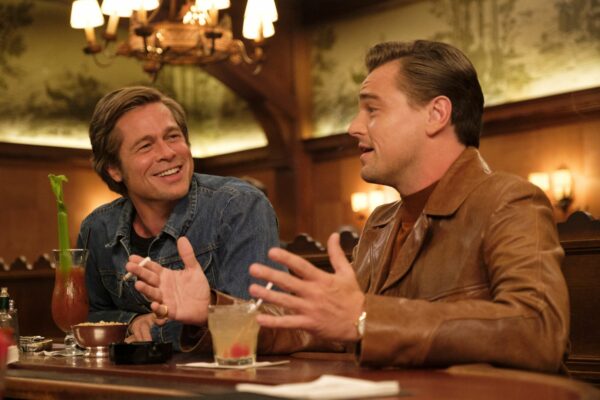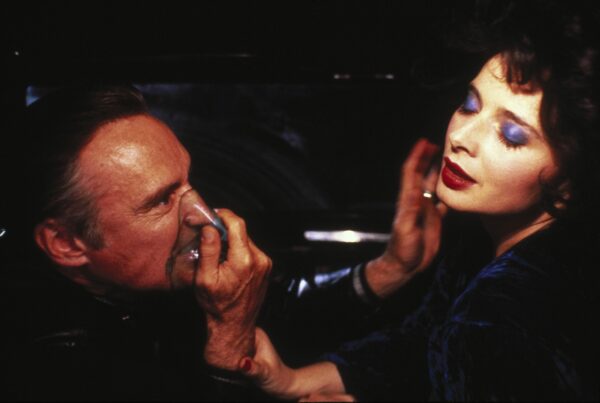
Cinema-goer viewing habits have drastically changed in the last few years. Crispin O’Toole-Bateman travels back to the 1970s – the birth of the blockbuster and pre-internet – to explore how things have changed.
Tuesday, 28th October 1975. For most people a very unremarkable day. For fans of James Bond, though, this day represents a major moment. It was the day that Dr. No, the first Bond film featuring Sean Connery in the title role, was shown on British TV. Still unremarkable? Maybe.
But what’s worth noting is that Dr. No was a big film. Not the biggest film of the time, but a solid example of how long it took between a major cinema release and the ability to watch it at home. Dr. No was released at cinemas in October 1962 – thirteen years before it came to TV in the UK.
Imagine if I told you that you have to wait thirteen years between the cinema release of the latest Marvel film and you seeing it again! Welcome to the 1970s!
Dr. No was released at cinemas in October 1962 – thirteen years before it came to TV in the UK.
The rise of home cinema
Today, people are so used to instant access, that the idea of a wait between a film’s international release and you getting to binge watch it on repeat is anathema. In fact, those who are into such things can usually get to watch a film before their local cinema gets it to screen! Very naughty, but still possible.
1975 really marked the start of home cinema. Sure, before that you could go out and buy a projector and build yourself a dark room with sloping seating, but unless you were the mid-70s equivalent to Elon Musk, chances are it wasn’t your thing.
No; for the average film enthusiast, you went to the cinema and caught it on its theatrical run. No wonder cinema was such an exciting time; it was a real event, where you really set aside a large chunk of your day to take in a film – and then discuss it for days afterwards. Films weren’t a consumer snack, as they tend to be today, but a real treat filled with decision and deliberation.
The alternative was that you waited a decade and hoped you had nothing better to do on the night it aired on TV. Probably with advertisements unless the BBC got their hands on it. (For some reason, ITV seemed to be better at getting films).
And there were only three channels…
Back to 1975, though. What was it that happened that year (other than Bond, James Bond, finding his way to the tiny box in the corner of your living room)? That’s right. Home video.
Betawhat?
Sony launched their home video product, the Betamax tape, to international appeal midway through the decade. There are plenty of people out there who are happy to argue the various virtues of Betamax vs. VHS (the Android vs. iOS argument of its day), but I’m not one of them. The reality is that Betamax turned up first to the battle in 1975, but lost the war against VHS (1976/77) and there are very few people out there who remember owning a Betamax player. Don’t put your hand up.
With a video recorder, you could do the impossible – make a permanent record of a film that you could choose to watch whenever you felt like it. Not only that, but you could cut the adverts out of the recording to make it seem almost cinema-like. As more and more homes started to get video recorders (partnered with that other uncommon technological marvel – the colour TV) so more and more people saw film as something that was accessible to them.
Home video
Towards the end of the 70s then, watching films at home got two big boosts. The first was that you could record stuff from the TV (albeit 13 years late…) and rewatch it whenever you felt like it, the other was that you could go to a shop, rent a film and bring it home on a Friday night to watch with the family. Which is where we’ll pick back up in our next installment of the series…



